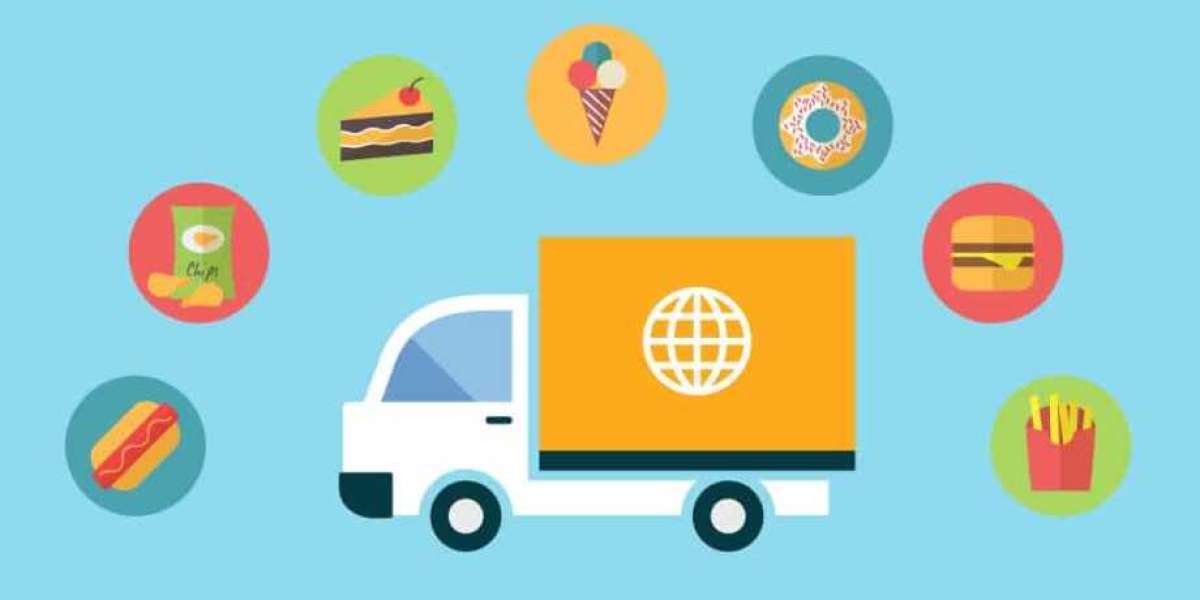In the intricate tapestry of the culinary world, Food distributors in bay area plays a pivotal role in ensuring that the right ingredients find their way into the hands of chefs, restaurateurs, and consumers alike. It's not merely about moving products from point A to point B; rather, it's a finely tuned process that involves meticulous planning, efficient logistics, and a deep understanding of market dynamics.
Understanding Food Distribution Networks
The Backbone of the Industry: Wholesale Distributors
Wholesale distributors serve as the backbone of the food distribution industry, connecting producers with retailers on a large scale. These entities purchase goods in bulk from manufacturers and sell them to various establishments, ranging from supermarkets to restaurants. Their extensive networks and purchasing power enable them to negotiate favorable deals and offer competitive prices to their clients.
Niche Players: Specialty Distributors
In addition to wholesale distributors, specialty distributors cater to niche markets by focusing on specific product categories or customer segments. Whether it's organic produce, gourmet cheeses, or artisanal baked goods, these distributors specialize in delivering high-quality, specialized items to discerning clientele. Their expertise and tailored approach make them invaluable partners for businesses seeking unique offerings.
Direct-to-Consumer Models: Online Platforms
With the rise of e-commerce, online platforms have emerged as disruptors in the traditional food distribution landscape. By leveraging technology and streamlined logistics, these platforms enable producers to bypass intermediaries and sell directly to consumers. From meal kits to farm-fresh produce, online marketplaces offer convenience and transparency, empowering consumers to make informed choices about their food purchases.
Key Considerations for Food Distributors
Quality Control and Food Safety
In an industry where freshness and quality are paramount, food distributors must uphold stringent standards of quality control and food safety. From sourcing ingredients from reputable suppliers to implementing rigorous inspection processes, maintaining product integrity is non-negotiable. By adhering to regulatory guidelines and investing in robust quality assurance measures, distributors can build trust and credibility with their clients.
Efficient Logistics and Inventory Management
Timeliness is of the essence in food distribution, where perishable goods require prompt delivery to preserve their freshness. Effective logistics and inventory management are essential to ensuring that products reach their destination in optimal condition. From optimizing delivery routes to implementing inventory tracking systems, distributors must streamline their operations to minimize wastage and maximize efficiency.
Customer Relationships and Service Excellence
At its core, food distribution is a relationship-driven business that thrives on trust and reliability. Building strong customer relationships and delivering exceptional service are key differentiators in a competitive market. Whether it's providing personalized support or offering flexible delivery options, distributors must prioritize customer satisfaction to retain loyalty and foster long-term partnerships.
Embracing Innovation and Adaptability
Harnessing Technology for Growth
In today's digital age, technology serves as a catalyst for innovation and growth in the food distribution sector. From automated order processing to data analytics, leveraging technology enables distributors to optimize their operations and stay ahead of the curve. By embracing digital solutions, such as cloud-based platforms and predictive analytics, distributors can enhance efficiency, minimize costs, and gain actionable insights into consumer preferences.
Adapting to Market Trends and Consumer Demands
The landscape of food distribution is constantly evolving, driven by shifting consumer preferences and market trends. Whether it's the rise of plant-based alternatives or the growing demand for sustainable packaging, distributors must stay attuned to changing dynamics and adapt their strategies accordingly. By staying agile and responsive to market demands, distributors can seize opportunities for growth and remain competitive in an ever-changing industry.
Conclusion: Navigating the Future of Food Distribution
In conclusion, food distribution is a multifaceted ecosystem that requires a blend of strategic foresight, operational excellence, and customer-centricity to thrive. By understanding the nuances of the industry, embracing innovation, and prioritizing quality and service, distributors can unlock new opportunities for success in an increasingly complex and interconnected world.



